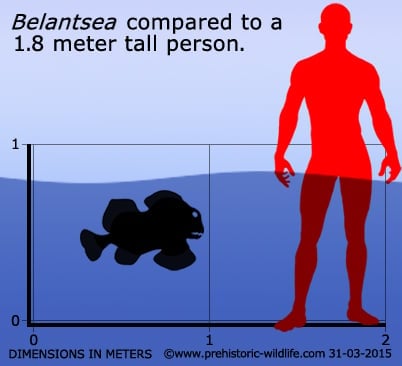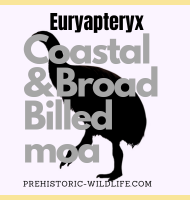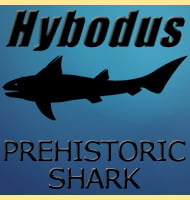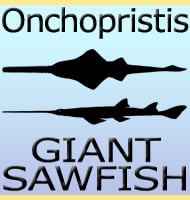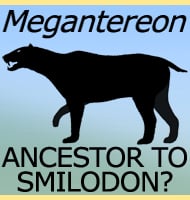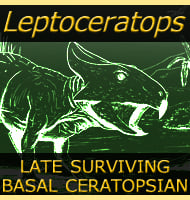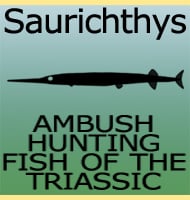In Depth
Belantsea would essentially have been the Carboniferous equivalent of a parrotfish. The body was bulky with strong muscular fins, and an underdeveloped tail which all indicate a preference for manoeuvrability over speed. The teeth are triangular and tightly packed to form a dental arrangement similar to a beak which would have easily broken hard exteriors of invertebrates and bryozoans. Altogether, these features suggest that Belantsea was a reef fish that manoeuvred over prey that could not escape by speed, while also possibly hiding amongst rocks to protect itself from other larger predatory fish, including early sharks.
Further Reading
- New petalodonts (Chondrichthyes) from the Upper Mississippian Bear Gulch Limestone (Namurian E2b) of Montana.- Journal of Vertebrate Paleontology 9(3):350-368 - Richard Lund - 1989.
